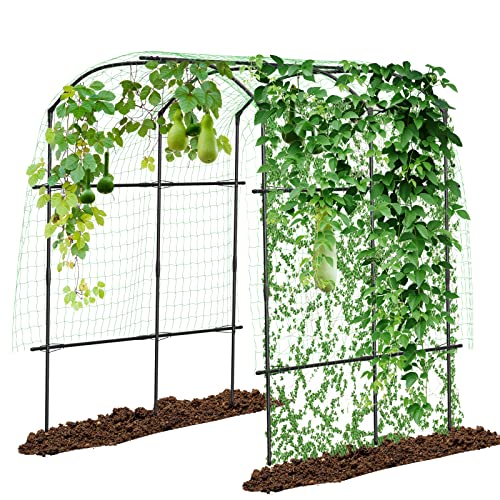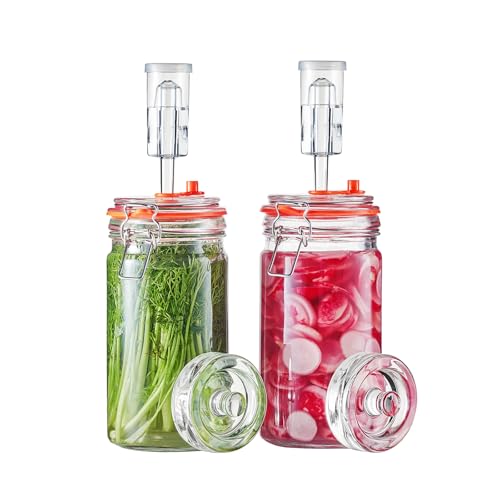Any best practices on handling them during the cleaning and rinsing procedure is appreciated!
Reading through some of the comments deserve commenting for your (and others) consideration.
> When I first started making wine I collected repurposed bottles. Some had caked on residue that could not be rinsed out. I had way too many old bottles to use a hand brush. I found this product making "brushes" obsolete. One can be made DIY. Amazon carries them and other variations. I ordered mine directly from the company years ago.
https://thirdcoastdesignworks.com/ .
> I suggest always using a soft pad under glass carboys when cleaning/laying down on the side. Some use silicone, some rubber, etc. I simply use dedicated bath towels that can be washed. I use a little bleach when washing the towels to minimize cross contamination. The terry cloth keeps splashing and drips to a minimum.
> Big box stores carry milk crates. I bought mine from Home Depot. Amazon has a selection also.
> Using bleach to sanitize wine surfaces is great. On the other hand, residual chloride/chlorine is very difficult to remove on a PPM level. A case to this point, chlorides kill yeast cells along with germs and bacteria. (proven during the covid epidemic). Chloride products are used in tap water in utilities all over the USA to help keep bacteria at bay. 1 tablespoon of bleach in a gallon of water is an effective sanitizer to spritz on desktops for classrooms (from a elementary school teacher). Why risk residual chlorine on wine making surfaces, when other products are made to be compatible with wine? Food for thought.
> Are there proven differences between sanitizing with hot water, versus warm water, versus cold water? Sure, warm water cleans better than cold water, but if using this train of thought, why not use steam? Steam is a cleaner, sanitizer, and sterilant. Again, food for thought. (BTW, I don't recommend using hot water or steam

)
> My practices are 1) rinse all carboys out to remove visible residue. 2) 1 drop of Dawn dish soap with water and use the drill powered brush above until a good bit of foam is produced then ~20 to 30 seconds more on high speed. 3) Rinse no less than 5 times, usually 8 to 10 times until NO SOAP IS TASTED from water in the carboy. 4) drain and swish with about 1/4 cup of Star San. Leave the Star San in the container over night then swish again and dump. Leave any residue of Star San to dry. When ready to use the carboy again, repeat. I choose not to use PBW or other cleaners because of the possibility of slinging the solution on skin or in the eyes. Reading the MSDS's on products is recommended for enlightenment.

I developed the above practices from having a cheese making hobby years ago. Making cheese requires STERILE surfaces. There is a big difference between sterile and sanitized. Those experiences have been valuable when making wine.
There are many ways to achieve the same goals. My way is not perfect, but works for me.
All the best,
Barry









































![[Upgraded] 9Pcs Tree Root Growing Box with Drain Holes, Half Transparent Plant Rooting Propagation Ball & Metal Core Twist Ties, for Fast Propagation Plants (Size M)](https://m.media-amazon.com/images/I/514MWQxtWOL._SL500_.jpg)











